Monthly Archives: January 2024
SOURCE: IDRW.ORG TEAM
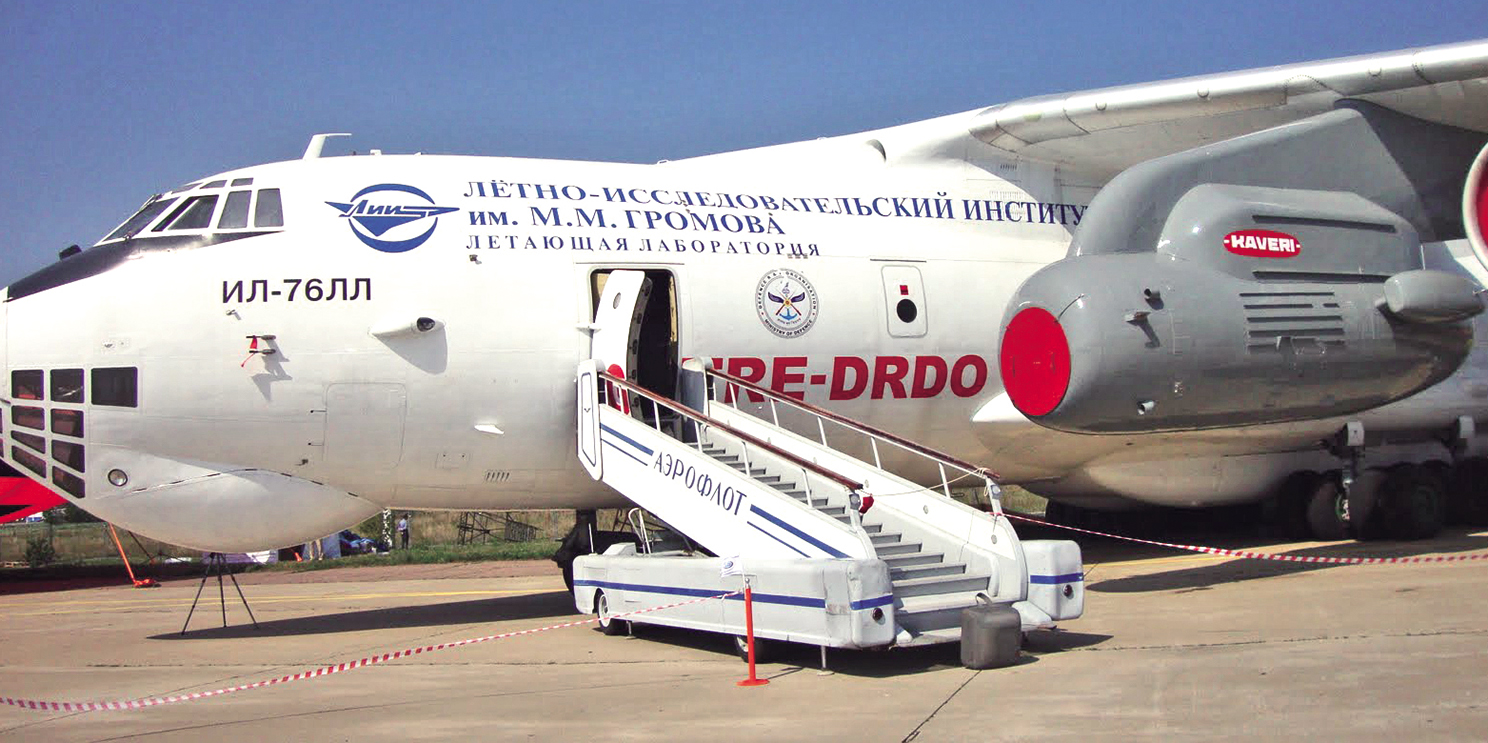

India’s quest for self-reliance in fighter jet technology takes another step forward with the Gas Turbine Research Establishment (GTRE) advocating for a domestically-developed Flying Test Bed (FTB) to test the new 6th generation engine for the 5th gen AMCA program. This proposal comes after previous attempts to acquire international platforms faced roadblocks.
In the mid-2000s, GTRE sought a modified IL-76 from Russia for the Kaveri engine program but eventually used a Russian-owned IL-76 for testing due to refusal from the supplier. Later, a proposal for a MiG-29A as a test bed for the original Kaveri engine was rejected by the Ministry of Defence (MoD) due to safety concerns and the engine’s unpreparedness for testing on a twin-engine platform.
Continue readingSOURCE: IDRW.ORG TEAM


The Indian armed forces are gearing up for two separate missile tests along the country’s western and eastern coasts, raising eyebrows and sparking speculation about the nature of the upcoming trials.
The first test, scheduled for January 22-23, 2024, will take place in a designated area 240 kilometers off the coast of Karwar in the Arabian Sea. A Notice to Airmen (NOTAM) issued by Indian authorities indicates a ship-based launch, suggesting the test could involve the BrahMos, a potent, Supersonic cruise missile jointly developed by India and Russia. The BrahMos has seen extensive testing and deployment with the Indian Navy and Army, and this latest launch could be aimed at further refining its capabilities or exploring new launch platforms.
Continue readingSOURCE: RAUNAK KUNDE / NEWS BEAT / IDRW.ORG


The Indian Air Force’s ambition to expand its fleet of Tejas Mark 1A fighter jets may face turbulence due to a bottleneck in engine production. While GE Aerospace has resumed manufacturing the F404-GE-IN20 engines that power these jets, their capped production of 20 units per year could significantly hamper HAL’s ambitious production goals.
HAL plans to ramp up production of Tejas Mk1A jets from the current 8 per year to 16 by 2025-26 and eventually reach 24 per year with a new production line. However, GE Aerospace’s limited engine output throws a wrench in these plans. With only 20 engines available annually, achieving the desired production targets seems challenging.
Continue readingSOURCE: RAUNAK KUNDE / NEWS BEAT / IDRW.ORG
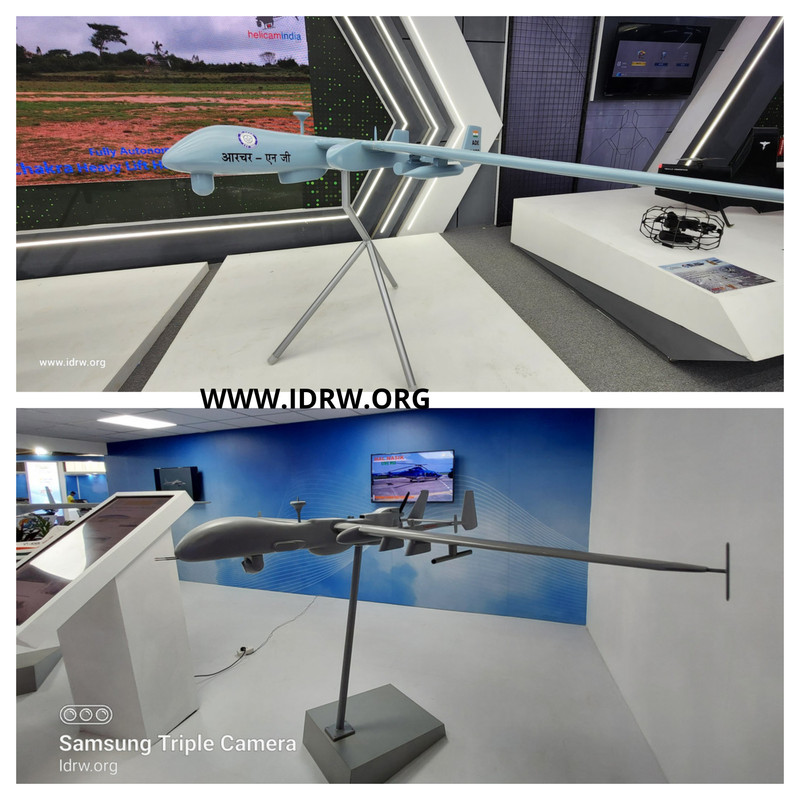

The upcoming Indian-made Archer-NG MALE UAV has sparked curiosity and confusion among Indian readers, with speculations swirling around its resemblance to the Israeli Heron Mk2 already in service with the Indian Air Force. But idrw.org has done the digging and is here to shed light on the key features that set these two drones apart.
First things first, the Archer-NG is a bigger bird. Its maximum take-off weight of 1800 kg eclipses the Heron Mk2’s 1350 kg, making it a more robust platform capable of carrying heavier payloads and venturing further. This translates to an 18.6-meter wingspan for the Archer-NG compared to the Heron Mk2’s 16.6 meters, giving it a larger wing area for improved lift and endurance.
Continue readingSOURCE: RAUNAK KUNDE / NEWS BEAT / IDRW.ORG
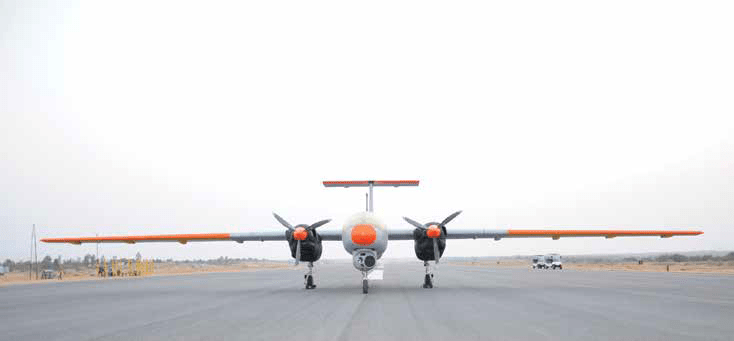

The Tapas Medium Altitude Long Endurance (MALE) UAV program, initially rumored to face complete shelving, has now been confirmed by DRDO Chief Samir V Kamat to continue, albeit with a strategic shift. Kamat clarified that the program will transform into a Technological Demonstrator for the Successor Archer-NG, marking a pivotal development in India’s Unmanned Aerial Vehicle (UAV) capabilities. This decision reflects DRDO’s commitment to innovation and adaptability in meeting the evolving requirements of the defense forces.
DRDO Chief Samir V Kamat’s announcement quashes media reports about the complete shelving of the Tapas MALE UAV program. Instead, the program will be reoriented as a Technological Demonstrator for the Successor Archer-NG. This shift signifies a forward-looking approach, allowing DRDO to leverage the existing platform for developing and testing advanced technologies that will contribute to the successor UAV program.
Continue readingSOURCE: IDRW.ORG TEAM
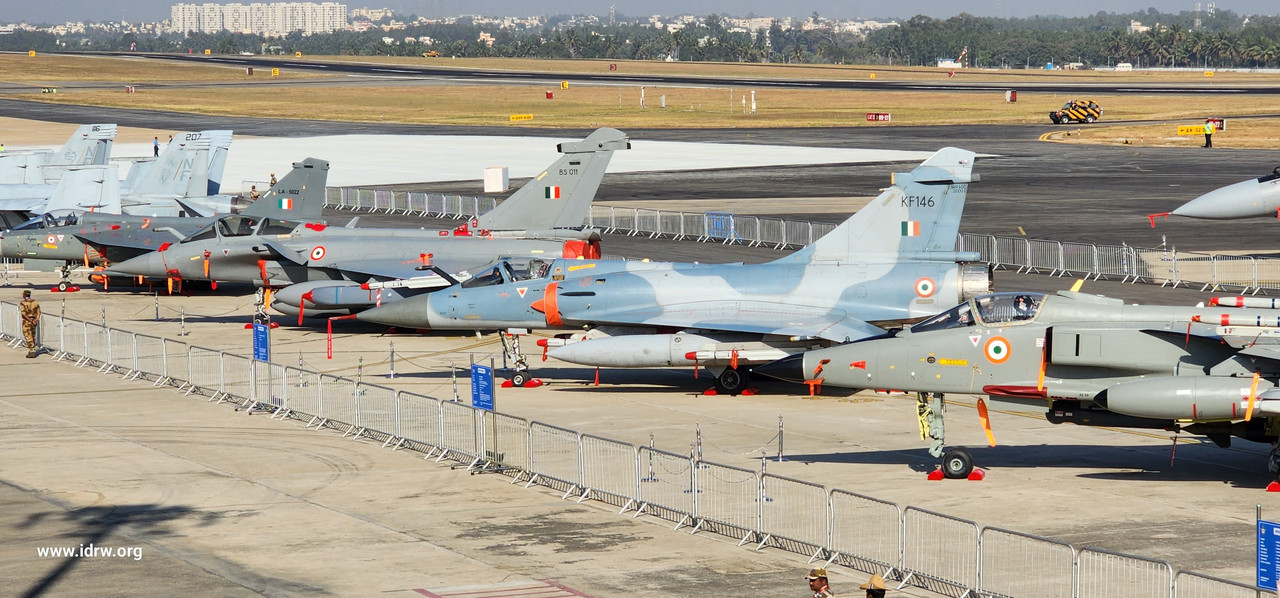

In a recent development, a senior-ranking official from the Indian Air Force (IAF) has indicated idrw.org a preference for a Government-to-Government (G2G) deal for the procurement of additional French Dassault Rafale fighter jets. The suggestion comes amid concerns over the lengthy and intricate process of tendering, as witnessed in the MRCA (Medium Multi-Role Combat Aircraft) tender that spanned nearly a decade before being scrapped. The IAF’s urgent need to augment its combat strength, coupled with considerations of efficiency, has prompted this proposition.
The MRCA tender process, initiated to address the IAF’s requirement for medium multi-role combat aircraft, faced protracted delays and complications, ultimately leading to its abandonment. In response to the critical need for bolstering the IAF’s fighter jet capabilities, the Ministry of Defence (MoD) opted for an Emergency Purchase of 36 Rafale fighter jets from Dassault. While this decision helped alleviate immediate concerns, it underscored the urgency for a more efficient and streamlined procurement approach.
Continue readingSOURCE: IDRW.ORG TEAM


In a significant development for India’s quest for self-reliance in defense technology, Engine Factory Avadi (EFA) has successfully repaired the engine of an Arjun Main Battle Tank (MBT) indigenously. This milestone achievement was witnessed by Dr. Samir V Kamat, Secretary/Department of Defence R&D and Chairman DRDO, during his recent visit to the facility on January 7, 2024.
The Arjun tank, currently the backbone of India’s armored warfare capabilities, is powered by the MTU 838 Ka-501 engine, manufactured by MTU Friedrichshafen GmbH of Germany. EFA, a unit of AVNL, took on the challenging task of repairing this complex engine without relying on OEM support, showcasing India’s growing expertise in this critical area.
Continue readingSOURCE: RAUNAK KUNDE / NEWS BEAT / IDRW.ORG
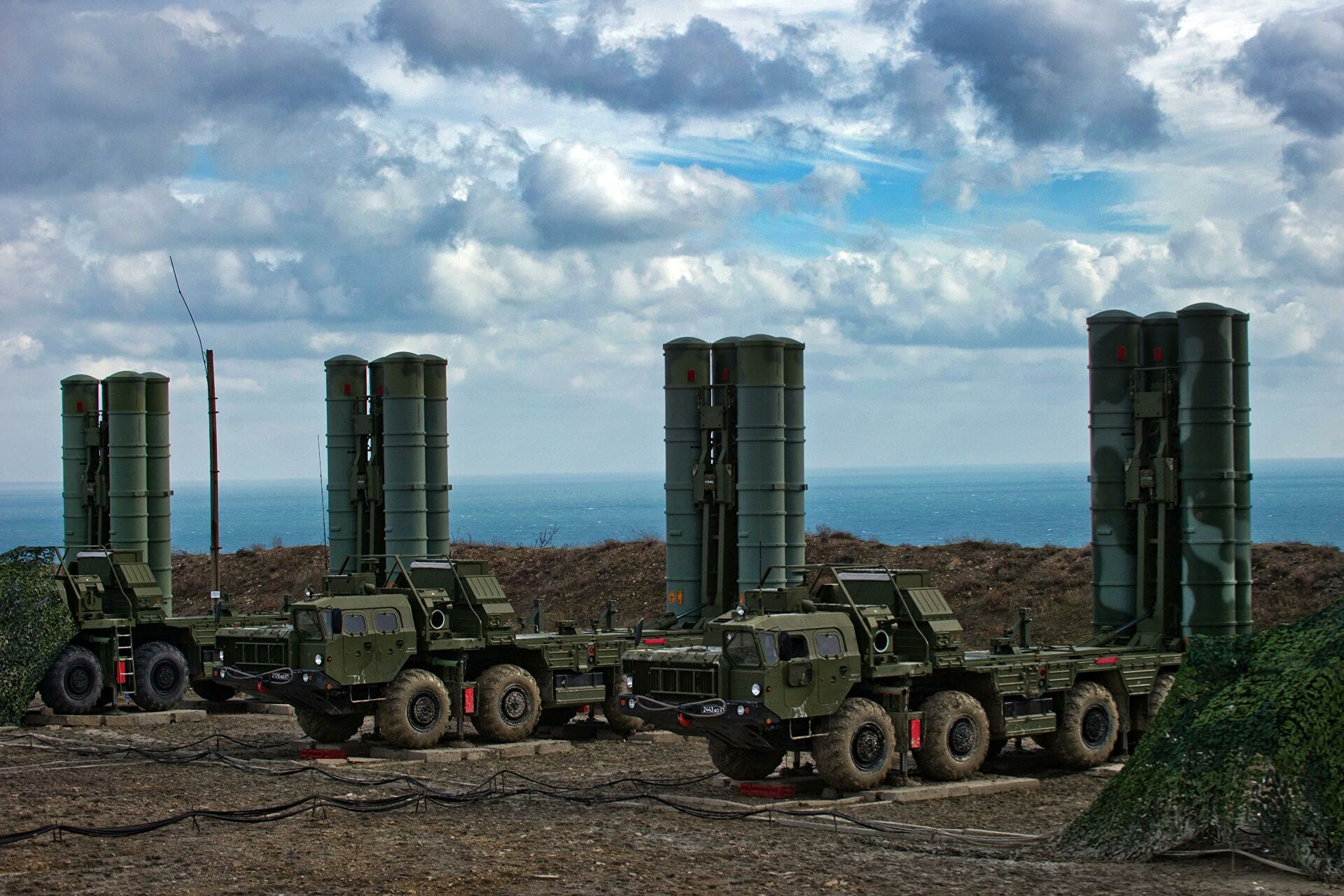

The recent successful test of the Fatah-II missile by Pakistan has stirred up strategic discussions in both India and Pakistan. While Pakistani analysts hail it as a game-changer, Indian experts raise questions about its effectiveness against India’s air defense systems.
Umair Aslam, a Pakistan based Analysts believes that Fatah-II barrage will be used to take out India’s S-400 launchers with saturation attacks, since Fatah-II is equipped with advanced features including state-of-the-art avionics, a sophisticated navigation system, and a distinctive flight trajectory.
Continue readingSOURCE: RAUNAK KUNDE / NEWS BEAT / IDRW.ORG
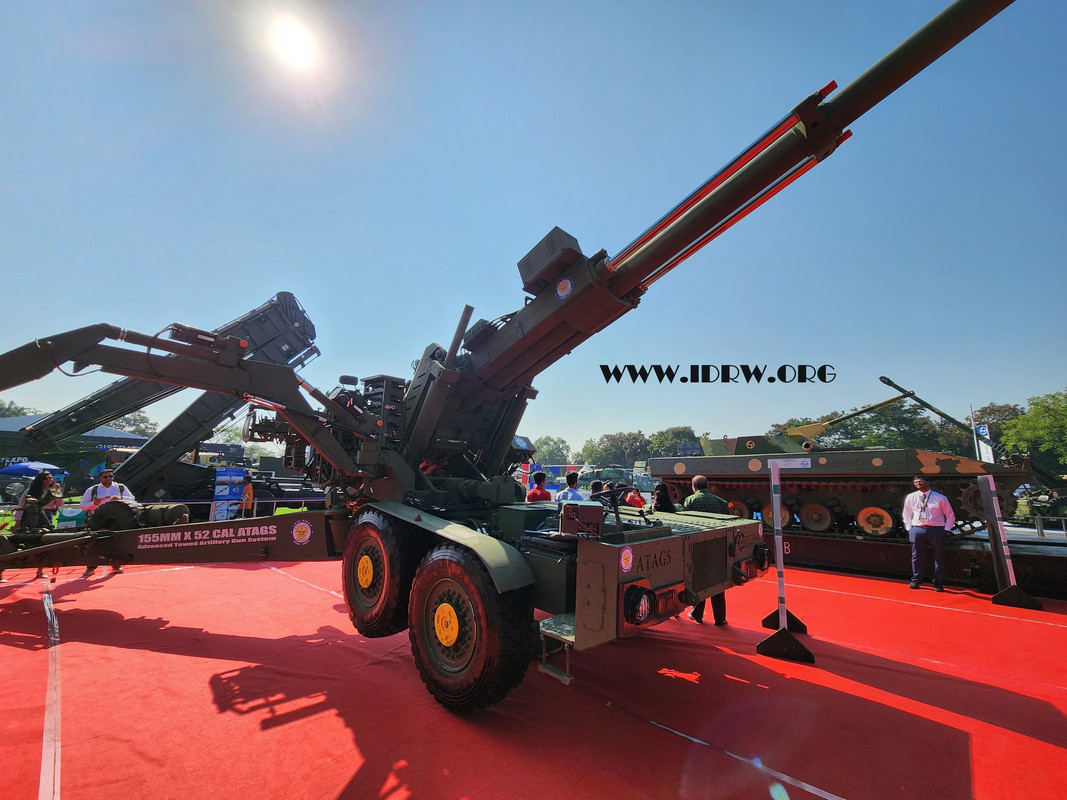

Bharat Forge, the Indian defence giant, is aiming for continued success in the artillery field, confident that 2024 will see further export orders for its range of newly developed guns. This optimism stems from a thriving order book, where an impressive 80% of contracts come from international clients.
The company’s current success can be attributed to several factors. Its artillery guns, including the Advanced Towed Artillery Gun System (ATAGS), boast state-of-the-art features and competitive pricing. Unlike many export market offerings, developed 2-3 decades ago, these guns showcase cutting-edge technology. Bharat Forge claims its offerings are not only cost-effective but also match or surpass the capabilities of established options.
Continue readingSOURCE: RAUNAK KUNDE / NEWS BEAT / IDRW.ORG


India, the world’s second-largest fighter jet market with over 1,000 Martin-Baker ejection seats currently in service across its air force, navy, and army, is aiming to take a quantum leap towards self-reliance in this critical technology. The Indian government is in talks with UK-based Martin-Baker Aircraft, the world leader in ejection and crashworthy seats, to establish a domestic production line for these life-saving systems.
India’s ambitious plans to manufacture and induct nearly 500 combat jets in the next 20 years fuel the demand for Ejection Seats. These seats, crucial for pilot safety in emergencies, are currently imported from Martin-Baker, with variants like Mk.4, Mk.9, Mk.10, and Mk.16 equipping aircraft like the HJT-16, Jaguar, Mirage, Hawk, and Rafale. Upcoming programs like Tejas Mk2, HTT-40 basic trainers, TEDBF, AMCA, and potentially the HLFT-42 Supersonic Trainer Aircraft, all point towards a sustained demand for these high-tech seats.
Continue readingSOURCE: IDRW.ORG TEAM


Nestled within the hallowed halls of IIT Madras, a revolution is brewing. Aerostrovilos Energy, a young startup brimming with innovation, is on a mission to write India’s name in the annals of gas turbine engineering. Their audacious goal: to build the country’s first indigenous micro gas turbine for power generation.
While gas turbines traditionally power airplanes and generate megawatts of electricity, Aerostrovilos is charting a new course. Their focus is on micro gas turbines, compact marvels generating power in the range of tens to low hundreds of kilowatts. This opens up a world of possibilities, from electrifying remote villages to powering distributed grids and even fueling heavy-duty trucks.
Continue readingSOURCE: IDRW.ORG TEAM


Hindustan Aeronautics Limited (HAL), India’s leading aerospace and defense company, is set to take center stage at Wings India 2024, showcasing its indigenous civil aviation platforms – the Hindustan-228 aircraft and the civil variant of the ALH Dhruv helicopter. This prestigious event, held at Begumpet Airport, Hyderabad from January 18-21, 2024, provides a platform for HAL to highlight its commitment to strengthening India’s domestic civil aviation industry.
The Hindustan-228, a 19-seater turboprop aircraft, is designed specifically for regional connectivity and challenging routes. Its robust design, high fuel efficiency, and short take-off and landing capabilities make it ideal for connecting smaller towns and cities with limited airport infrastructure. At Wings India, HAL will showcase the aircraft’s potential for promoting regional economic growth and enhancing accessibility for remote communities.
Continue readingSOURCE: RAUNAK KUNDE / NEWS BEAT / IDRW.ORG
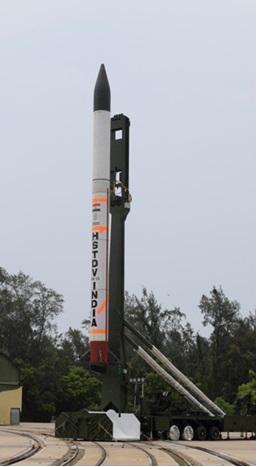

India’s Defense Research and Development Organisation (DRDO) is preparing for longer trials of its Hypersonic Technology Demonstrator Vehicle (HSTDV) later this year. This marks a significant step forward in the country’s quest to develop hypersonic weapons, capable of travelling at speeds exceeding Mach 5 (five times the speed of sound).
The HSTDV program has seen a mixed bag of results so far. The first test in June 2019 was unsuccessful, but the second one in September 2020 achieved a breakthrough. The scramjet-powered HSTDV maintained Mach 6 speed for 22-23 seconds after separating from its launch vehicle at an altitude of 30 kilometres.
Continue readingSOURCE: RAUNAK KUNDE / NEWS BEAT / IDRW.ORG
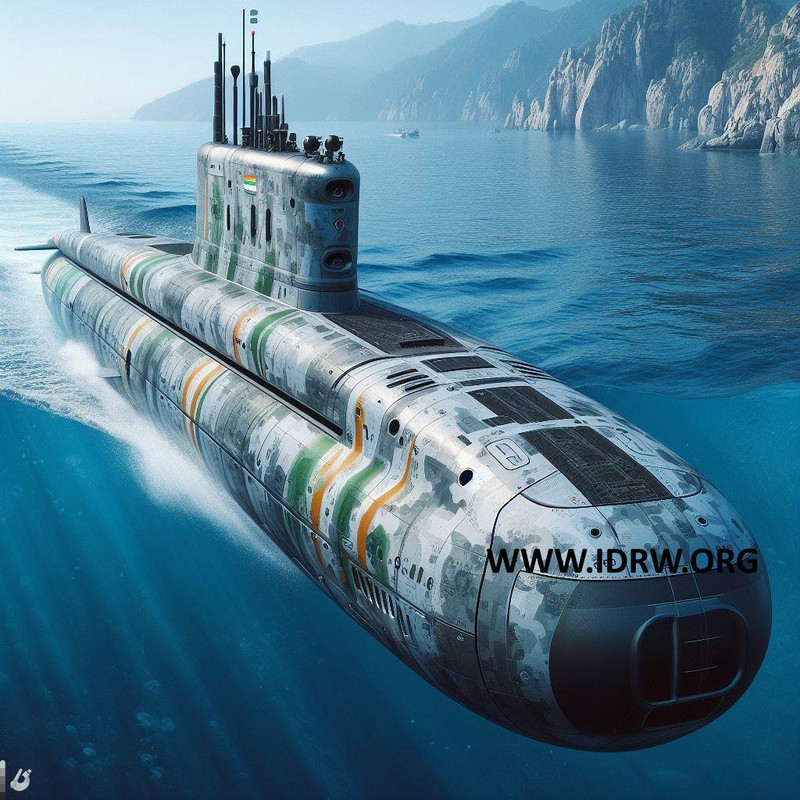

The Indian Navy’s quest for self-reliance in underwater warfare is set to accelerate with the ambitious Project-76, which aims to develop next-generation indigenous conventional diesel submarines. While the project awaits the finalization of the ongoing Project-75I (India) submarine acquisition deal, the Warship Design Bureau (WDB) is already working tirelessly, targeting a completed design concept by 2026.
Project-76 envisions creating AIP (Air-Independent Propulsion)-equipped diesel-electric attack submarines. These underwater giants, likely boasting a 3,000-ton submerged displacement, will surpass predecessors like the Project-75I (India) and Project-75 submarines built under foreign designs. Sources close to the program reveal the Navy’s intention to position Project-76 as a successor to the iconic Sindhughosh (Kilo) class, underscoring the emphasis on maintaining a formidable 3,000-ton class.
Continue readingSOURCE: RAUNAK KUNDE / NEWS BEAT / IDRW.ORG
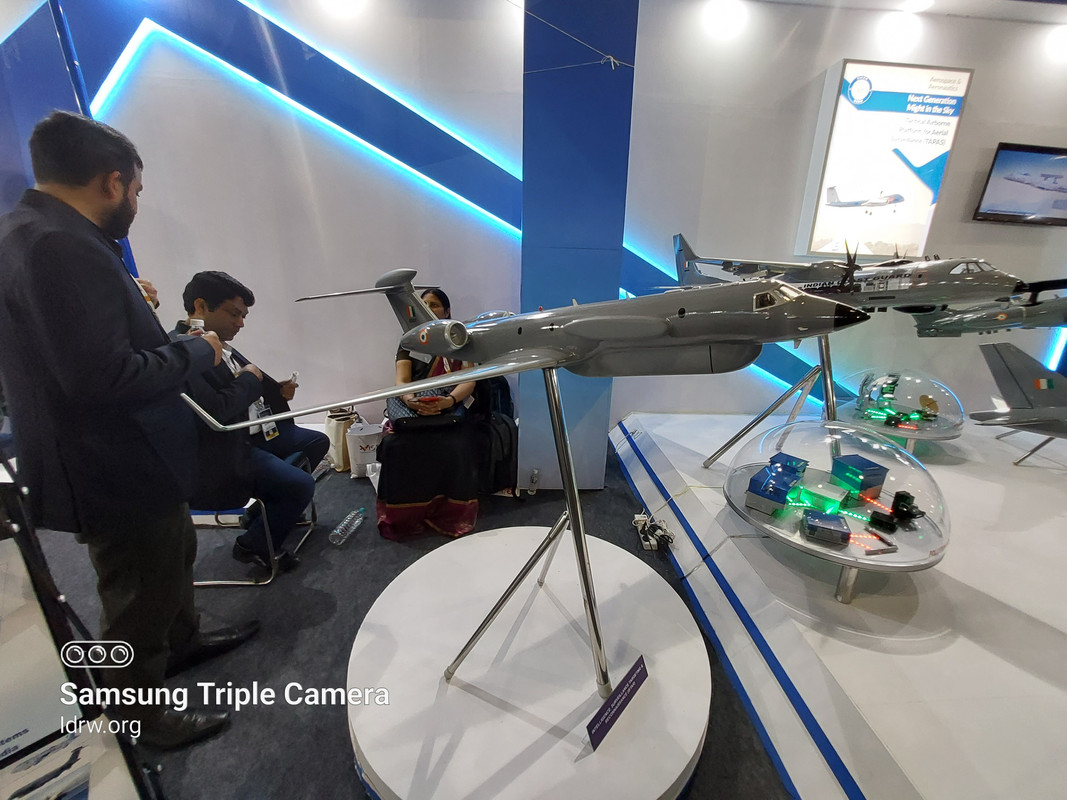

The Defence Research and Development Organisation’s (DRDO) Centre for Airborne Systems (CABS) has embarked on a significant initiative aimed at bolstering the Indian Air Force’s (IAF) capabilities. The focus is on the development of three ISTAR (Intelligence, Surveillance, Target Acquisition, and Reconnaissance) platforms, crucial for enhancing surveillance and reconnaissance missions. This endeavour is part of a Technology Demonstration project, with substantial progress already made in crafting systems for air-to-ground surveillance.
The strategic importance of ISTAR platforms in modern military operations cannot be overstated. These platforms play a pivotal role in providing real-time intelligence, enabling effective monitoring of battlefield situations, and addressing border tensions. As the need for such assets has been long pending, DRDO’s initiative aligns with the evolving requirements of the Indian armed forces.
Continue reading